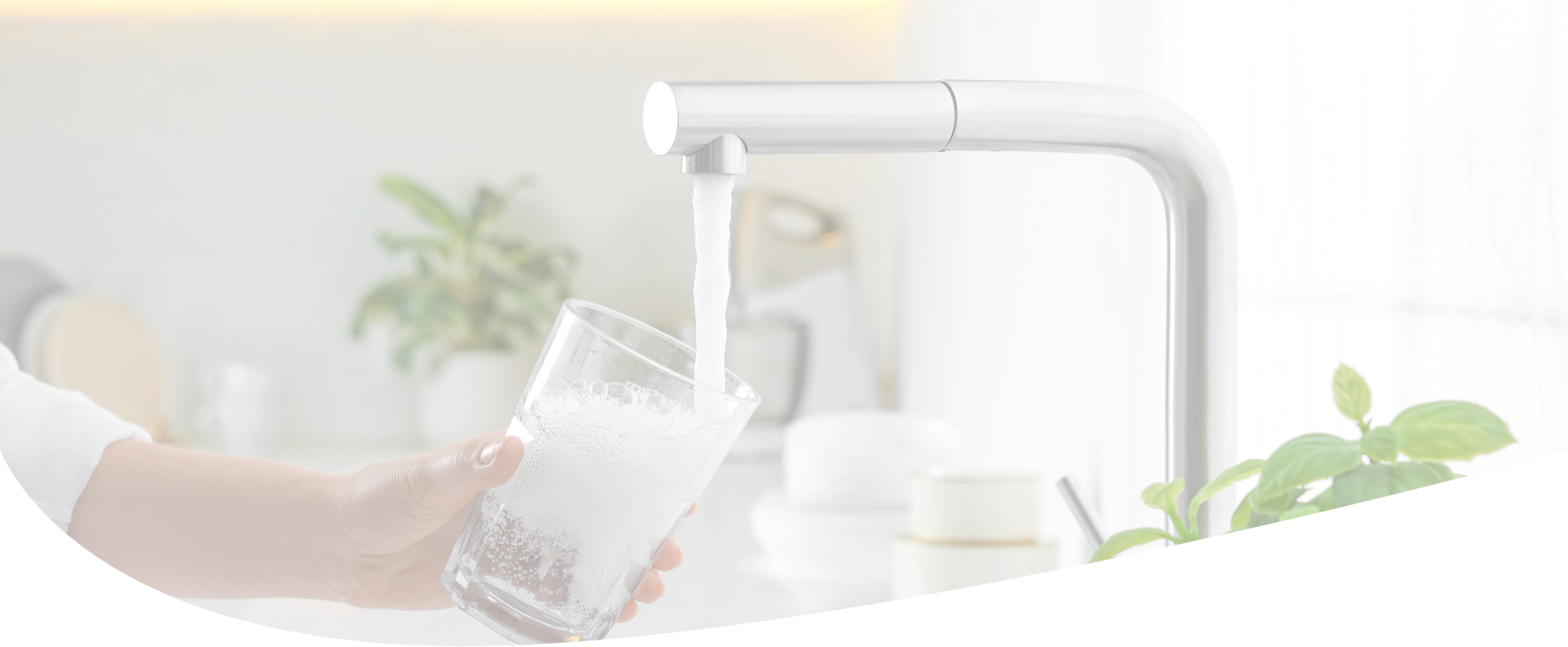
Welcome to North Wales Water Authority
We’re proud to deliver the highest quality water from our state-of-the-art Forest Park Water treatment facility for the lowest possible rates. Learn about our treatment process.
North Wales Water Authority Has Been Serving
Customers for 70+ Years
NWWA utilizes advanced technologies, a well-trained professional workforce, and strategic alliances to become a recognized leader in meeting the needs and choices of our customers.
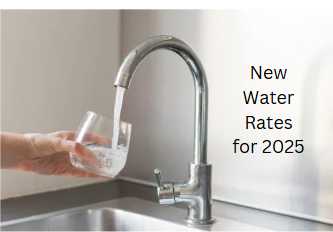
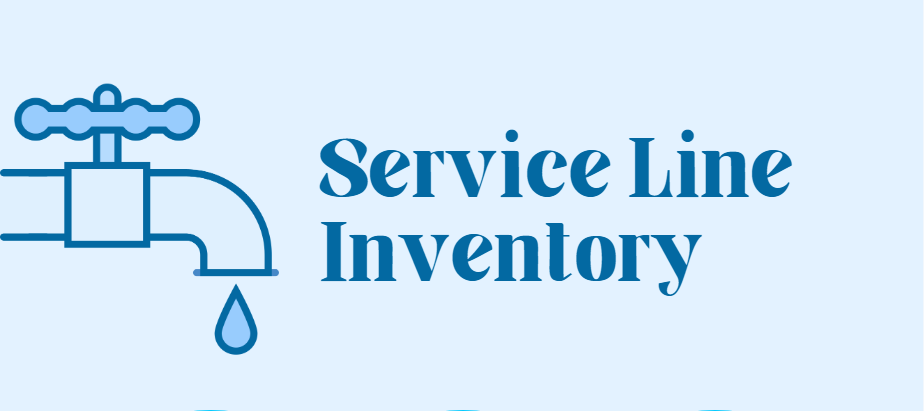
Service Line Inventory
If you received a postcard about your service line material and have contacted us with questions, we will respond as soon as possible. Please note that we are seeking information about the material of your service line, not the water itself.
Want to learn more about our Service Line Inventory initiative as mandated by the EPA and DEP?
This program is part of our ongoing commitment to delivering safe, high-quality drinking water.
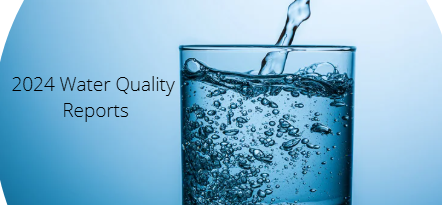
2024 Water Quality Reports
Looking for your Water Quality Report?
All 2024 Annual water Quality reports are now available! Follow This Link: https://www.nwwater.com/water-quality/water-quality-reports/
Warrington Residents: Navigate to https://www.nwwater.com/service-area/warrington/ to view or download your 2024 water quality report located at the top of the page.
To view past reports, click the button below.
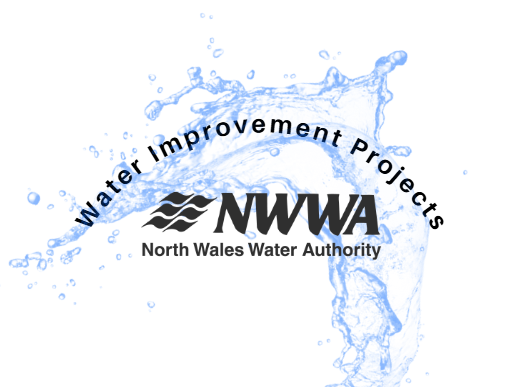
Customer Security
We have a page dedicated to keeping you safe from employee impersonators, scam artists, and even third-party bill payment sites. Click here to learn more and add to your bookmarks.
Recent news reports reinforce the importance of testing for and, if detected, reporting the presence of lead in drinking water. At the NWWA, we take our responsibility to protect customers from lead exposure seriously. The Authority monitors for lead in conjunction with the Federal Lead and Copper Rule administered by the state of Pennsylvania. Lead has never been detected at any of the monitored sources or the distribution system. The results for our comprehensive water monitoring can be found here.
What happened in Flint?
According to news reports, about two years ago the state of Michigan decided to switch Flint’s original water supply (Lake Huron) to the Flint River in order to save money. At this time a new water line was run to the lake.
CNN has reported that residents noticed a change in water quality almost immediately. Reports have indicated that this was because the river water was far more corrosive than water from Lake Huron and nothing was being added to the water to counter the corrosiveness.
As a result, the water began to rapidly erode the service lines and as CNN has reported, about half of the service lines to homes in Flint are made of lead.
Could that happen here?
Since the Forest Park Water purification facility began operations in 1994, the NWWA’s primary source of water has been the Delaware River. Almost 92% of the water supplied to customers’ homes and businesses throughout our 50-square-mile service area comes from this water source. The water purification process ensures a water supply that is non-corrosive. Click here to read more about the water purification process at Forest Park Water.
What should you do to make sure you don’t have lead in your home?
While our 400+ miles of water mains deliver clean, safe water to your home or business and is not a source of lead in the water, customer service lines and plumbing fixtures may be made of lead or contain lead solder.
If your home or business was built prior to 1950 and has not had the water service line replaced, you should determine whether you have a lead service line. The service line is the pipe that connects your household plumbing to the water main in the street. Lead service lines are generally a dull gray color and are very soft. They can be identified easily by carefully scratching them with a key or coin. If the pipe is made of lead, the area you’ve scratched will turn a bright silver color. Do not use a knife or other sharp instrument and take care not to puncture a hole in the pipe. Please note that galvanized piping can also be dull gray in color. A strong magnet will typically cling to galvanized pipes, but will not cling to lead pipes. Lead service lines can be connected to the residential plumbing using solder. They have a characteristic solder “bulb” at the end or a compression fitting or other connector made of galvanized iron or brass/bronze.
If your home was built between 1983 and 1987, your household plumbing could consist of copper piping with lead-based solder. The US-EPA has targeted homes built during this time for monitoring as they have the potential for increased lead and/or copper levels in the tap water due to leaching of these metals from the plumbing system. The Pennsylvania Department of Environmental Protection also requires that we validate the presence of lead-based solder in homes within this date range. NWWA will have lead check kits available for customers to pick up for free from our office. For more information click here.
If lead is confirmed in your home, the next step would be to test your tap water for the presence of lead and copper. These results will help us determine what to do next. We will always encourage customers to replace lead service lines and to agree to participate in our lead and copper monitoring program; however, this is ultimately a choice that you would make once learning the risks.
A licensed plumber would be able to inspect the service line and make the determination for you. If your home has a lead service line, it is likely that other sources of lead exist in the home as well. Community health departments may offer free or low-cost lead assessments of the home to help homeowners identify and mitigate all sources of lead. If your service line cannot be accessed to determine whether it contains lead, you may opt to have your water tested by a certified laboratory.
According to the Pennsylvania Department of Health, the primary source of childhood lead poisoning in Pennsylvania continues to be exposure to aging, deteriorating lead-based paint (chips and dust), and not drinking water. If your home was built before 1978, it’s possible it could have lead-containing paint. Factories in some areas may have produced products that contained lead, which could have left some lead in the soil. Lead can also be found in some jewelry, makeup, toys and dishware.
This system-wide occurrence, which appears throughout the cold weather months, is related to water temperature. Unlike ground water supplies where water temperature remains relatively constant throughout the year, the temperature of the surface water supply fluctuates seasonally with the weather. As the temperature of the water decreases, the capacity of the water to retain dissolved oxygen increases.
At our Forest Park Water Treatment Plant, ozone is used as the primary disinfectant and injected into the raw and finished water as part of the overall treatment process. The colder the water supply entering the plant, the more entrained oxygen remains in the water throughout this process. As the treated water flows through our distribution system, the temperature rises due to the fact that the mains and piping are buried well below the frost line. As this temperature increase occurs the water must release this dissolved oxygen, but cannot because the distribution system is operated under pressure.
As you run your tap and the entrained oxygen dissipates, the water appears cloudy. The important thing for you, our customer, is to know is that this phenomenon is not an indication of compromised quality or distribution system problems but a natural, physical property of water.
For years, the bottled water industry has distanced itself from tap water by making bold claims about the superior quality of their product. It has been the fastest growing commodity in the beverage industry as consumers grow increasingly convinced that bottled water is a better alternative to tap water. But now the boom is in danger of fading as regulators are asked to set and enforce stricter rules on bottled water and bring it inline with public water supply regulations. Now, the bottled water industry is claiming their product is as safe as tap water.
Unlike public water suppliers who are regulated by both federal and state guidelines, bottled water falls into a gray area with little or no requirements. New regulations could create major changes to an industry in which perceived quality is the most important ingredient.
Nearly 70 percent of the bottled water sold in the United States is exempt from any FDA contamination limits and specific bottled water standards because it is bottled and sold in the same state. Additionally, products described on the ingredient label as water, carbonated water, disinfected water, filtered water, seltzer water, sparkling water, or soda water are not considered bottled water by the FDA and are not covered under the standards.
Price, appearance and advertising have all contributed to bottled water’s success and perceived value. According to the Beverage Marketing Group this strategy continues to work. During the past decade national bottled water revenues have tripled to about $4 billion per year. Americans drank an estimated 3.6 billion gallons of the product in 1998 (about 13.3 gallons per person) and sales have been increasing nearly 10 percent annually.
Unlike the bottled water industry, the North Wales Water Authority is a licensed purveyor of public drinking water. We are regulated by the Federal and Pennsylvania Safe Drinking Water Acts which require the routine monitoring and reporting of approximately 90 drinking water contaminants. We are also required to provide these results in an annual water quality report to every consumer that we serve. As a North Wales Water Authority customer, you are guaranteed that we are delivering the finest drinking water available.
Click on either of the “Online Bill Pay” buttons located on the left side and top of this page. This will take you to the NWWA Link online payment portal. You will have the option to make a one-time payment or register to take full advantage of all the benefits. To register you will need your thirteen digit NWWA customer/account number and your email address.
Enter the requested information and click on the “Register” button.Once your information is verified you will receive an e-mail confirming your registration. Click the link provided in the email to go directly to NWWA Link and log in.
We suggest that everyone in your house know the location of your shut-off valve before an emergency happens. The shut off valves for the supply of water to the home are located on either side of your water meter. We offer a free valve ID tag…call us at 215-699-4836 to receive one.
Need a speaker for a classroom or your group’s meeting?
Our staff will be happy to teach your group about conservation, water quality, treatment, and distribution. Contact us to request a speaker!
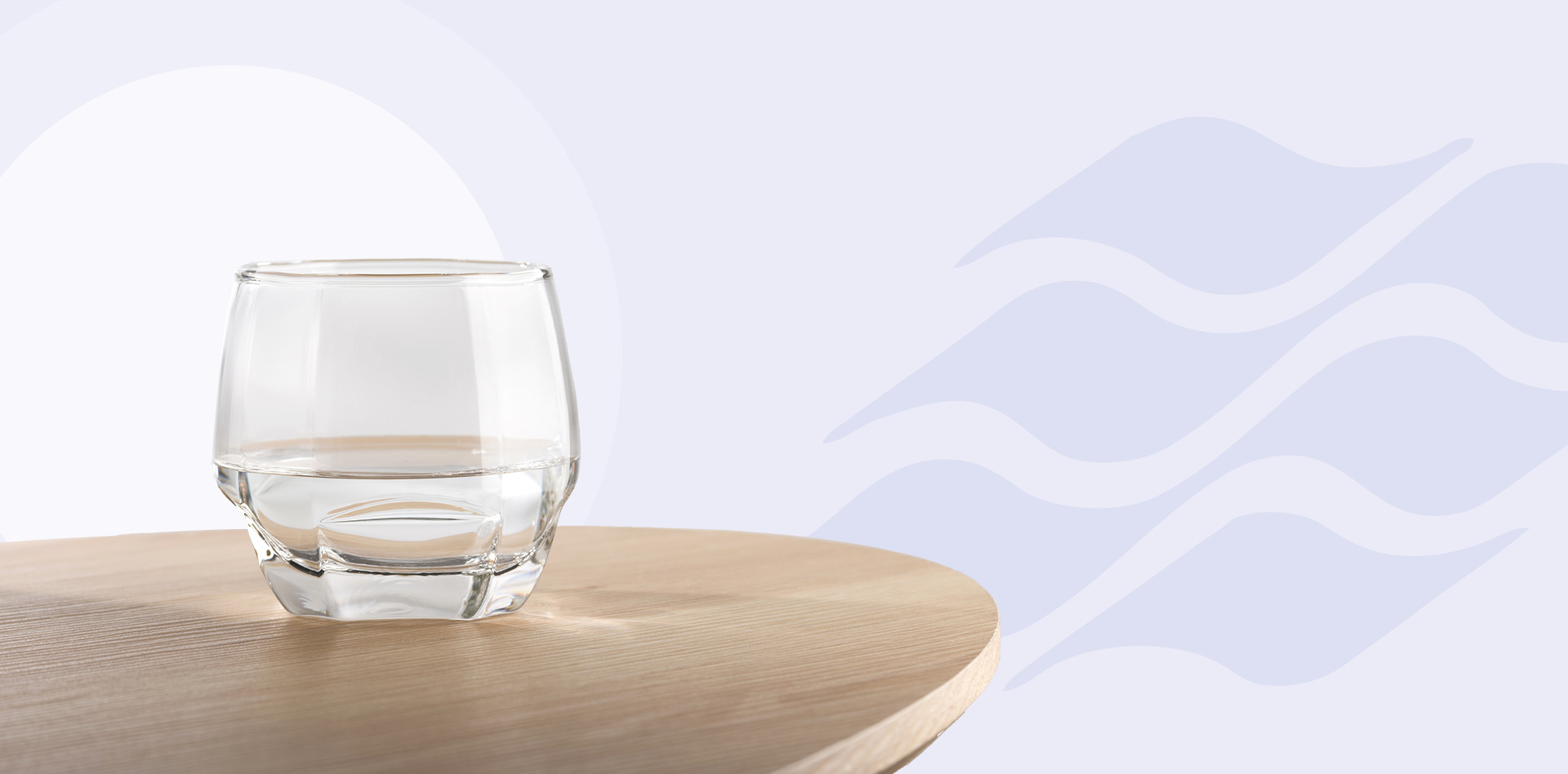
Our Mission
At North Wales Water Authority, our mission is to maintain our position as a premier authority in water management, quality assurance, and delivery. We are committed to excellence across all facets of our operations, including water treatment, conservation initiatives, and customer service. Through continual innovation and dedication, we aim to exceed expectations, ensuring the provision of high-quality drinking water while responsibly managing our precious water resources. Our unwavering focus on excellence drives us to continually improve and adapt to meet the evolving needs of our community, setting the standard for water management and service delivery.
Our Bucks & Montgomery County Impact
100,000+
Customers Served
14
PA Municipalities
13 Million
Gallons of Water Per Day Delivered